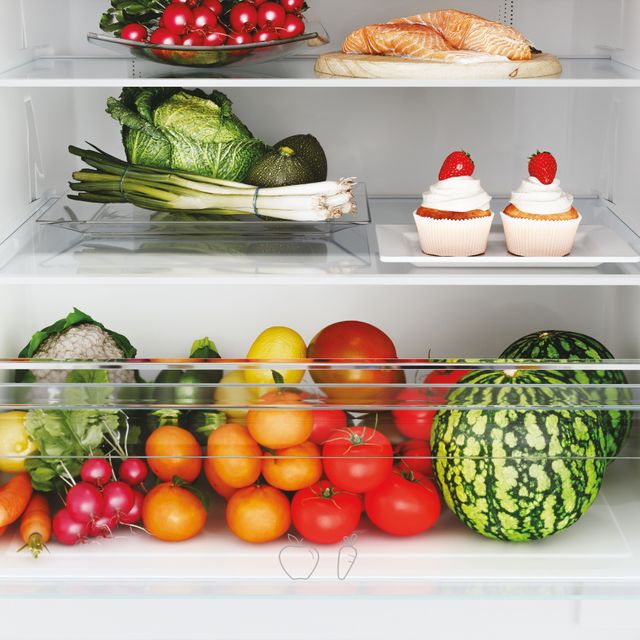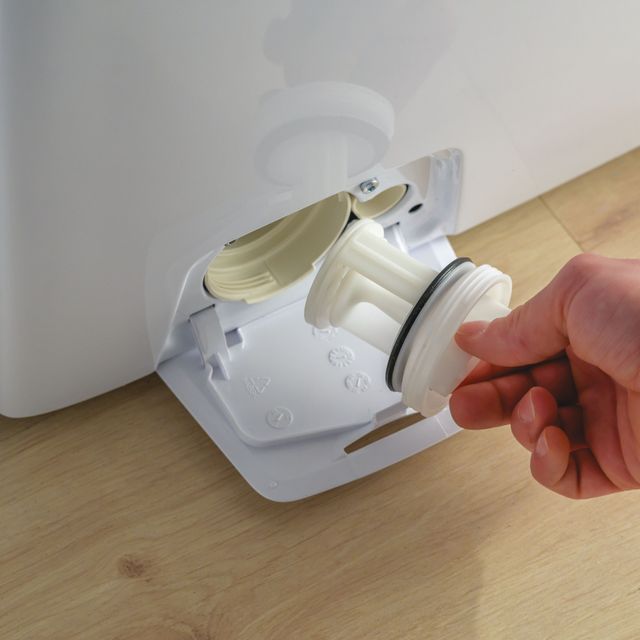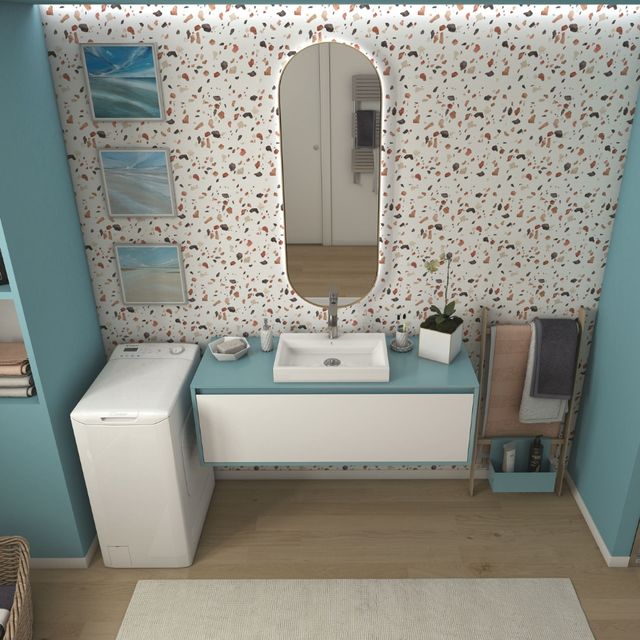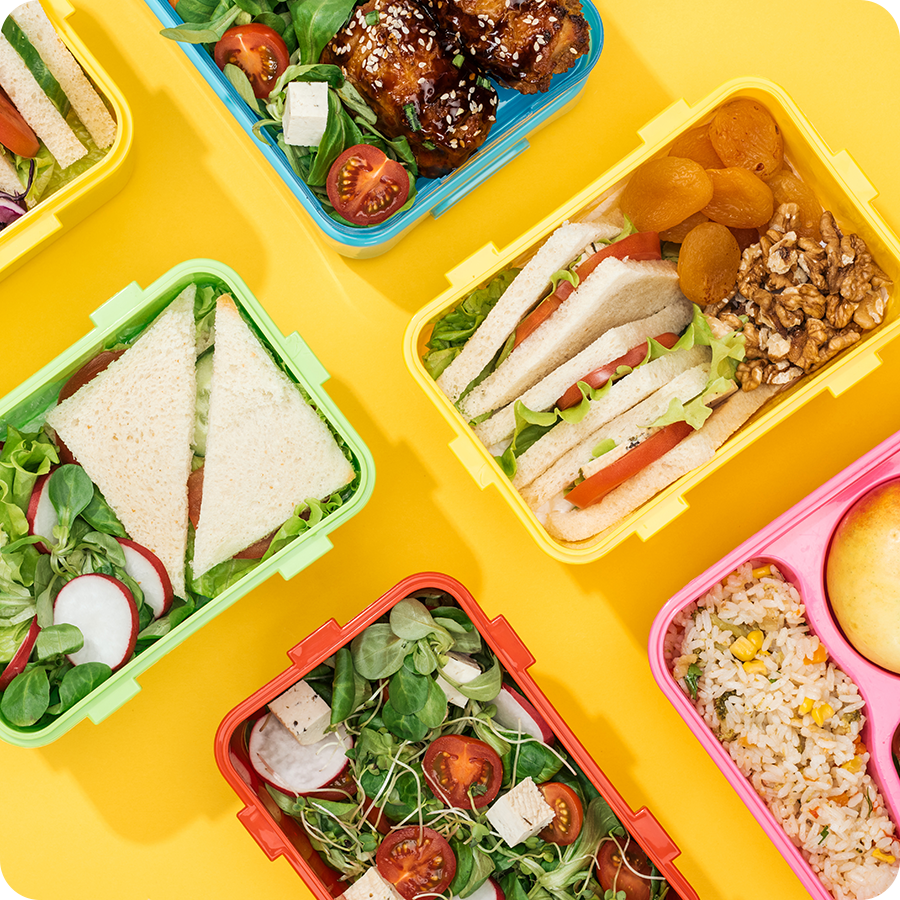Class A appliances are considered the best on the market, because they optimize consumption. But how much do they consume and why are they so convenient?
Appliances have become an essential part of our everyday lives, faithful allies in managing our homes. However, did you know that the majority of our residential consumption is generated by their use? This is why Class A appliances can help you save on your bill.
How much do Class A appliances really consume and why are they better?
Class A appliances: how to recognize them
Before buying any appliance, you should check that it belongs to a convenient energy class, such as Class A. How to do it? The energy class of an appliance is indicated on a special European standard label, along with the estimate of annual consumption expressed as kWh.
Starting from March 2021, the new energy label has come into force, and it is mandatory on a wide range of appliances. The EU has established a standard applicable to all appliances to facilitate their comparison.
Thanks to the new classification based on a colour scale, you can identify those with the higher consumption levels (Class G) in red, and those with the lower consumption levels in dark green. By eliminating all “+”, the label has become more understandable, and the appliance classification has become stricter.
How much class A appliances consume and why they are more convenient
In order to understand the convenience of class A appliances, here is the average consumption of the most energy-intensive appliances:
- A class A refrigerator with freezer consumes approximately 100 kWh per year, while a class G model consumes almost three times as much.
- A class A washer that does 100 full-load washing cycles with the Eco 40-60° program consumes approximately 50 kWh per year, half of a class G model.
- The air conditioning unit’s consumption is calculated also based on the SEER, which indicates the seasonal energy efficiency in cooling mode: the higher it is, the higher the appliance’s energy savings. On average, in class A, the SEER is around 8, and the annual energy consumption for cooling is around 100 kWh; while in lower classes, with a lower SEER, consumption can exceed 300 kWh per year.
How to monitor your appliances’ consumption
In order to use them in the best way possible, it is important to keep track of your appliances’ consumption. How do you do that? Today’s innovative smartphone applications allow you to monitor consumption, by providing the most relevant information. Today’s innovative smartphone applications allow you to monitor consumption, by providing the most relevant information.
This is the case for Candy connected solutions that keep you up to date on your consumption and inform you on the most used programs, optimizing the efficiency of your appliances.
Start saving energy, time and money now with Candy class A appliances, without compromising quality or performance. One class A appliance out of four* sold on the European market is under the Candy brand, making it a field leader.
* Q4 2021 period on front load, WM and WD in Italy, France, Portugal, Poland, Hungary and Czech Republic.





